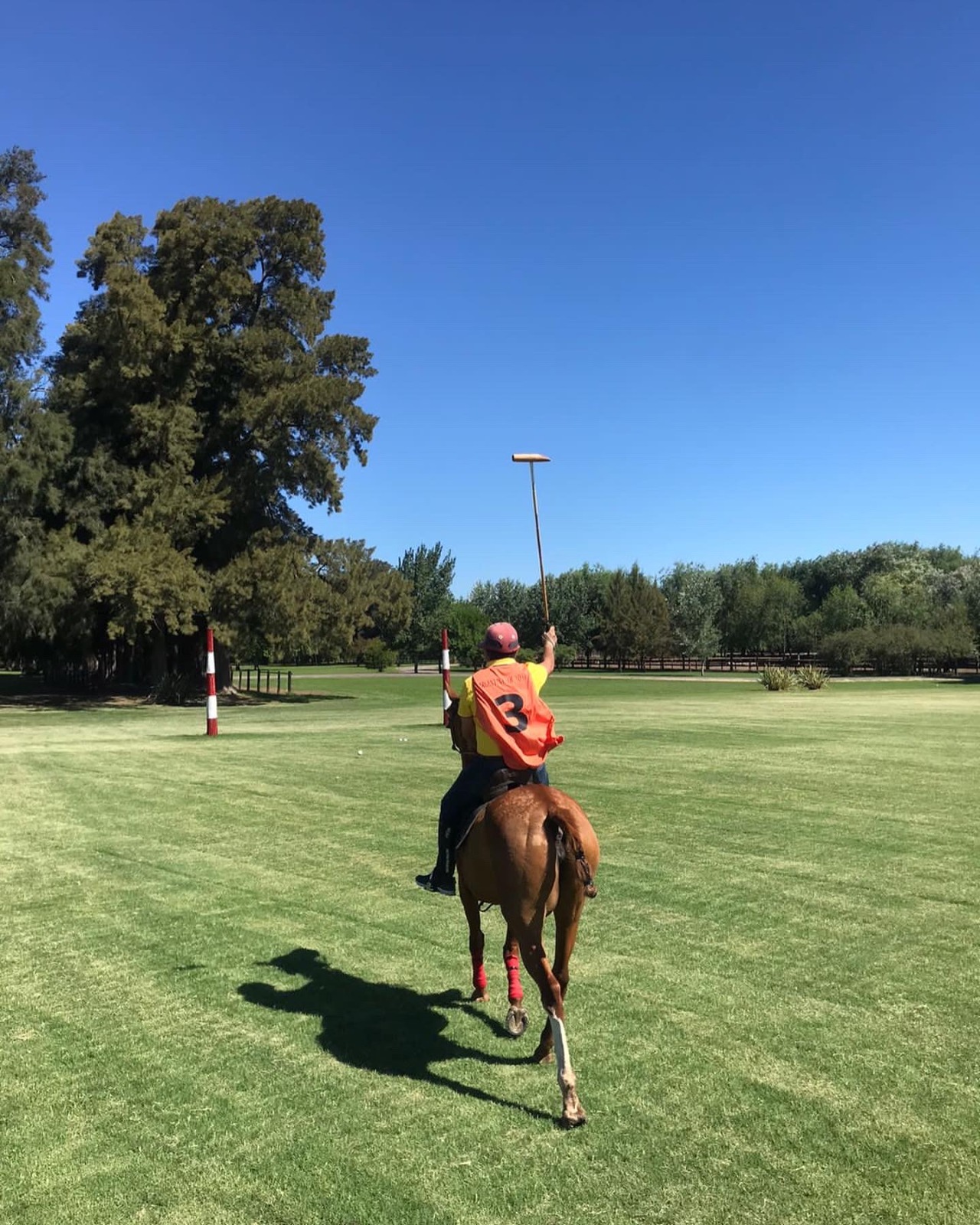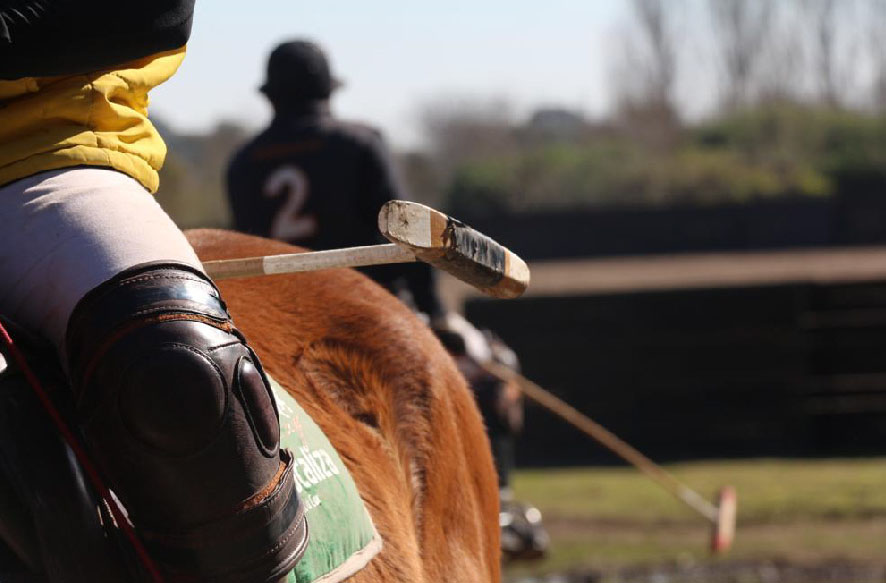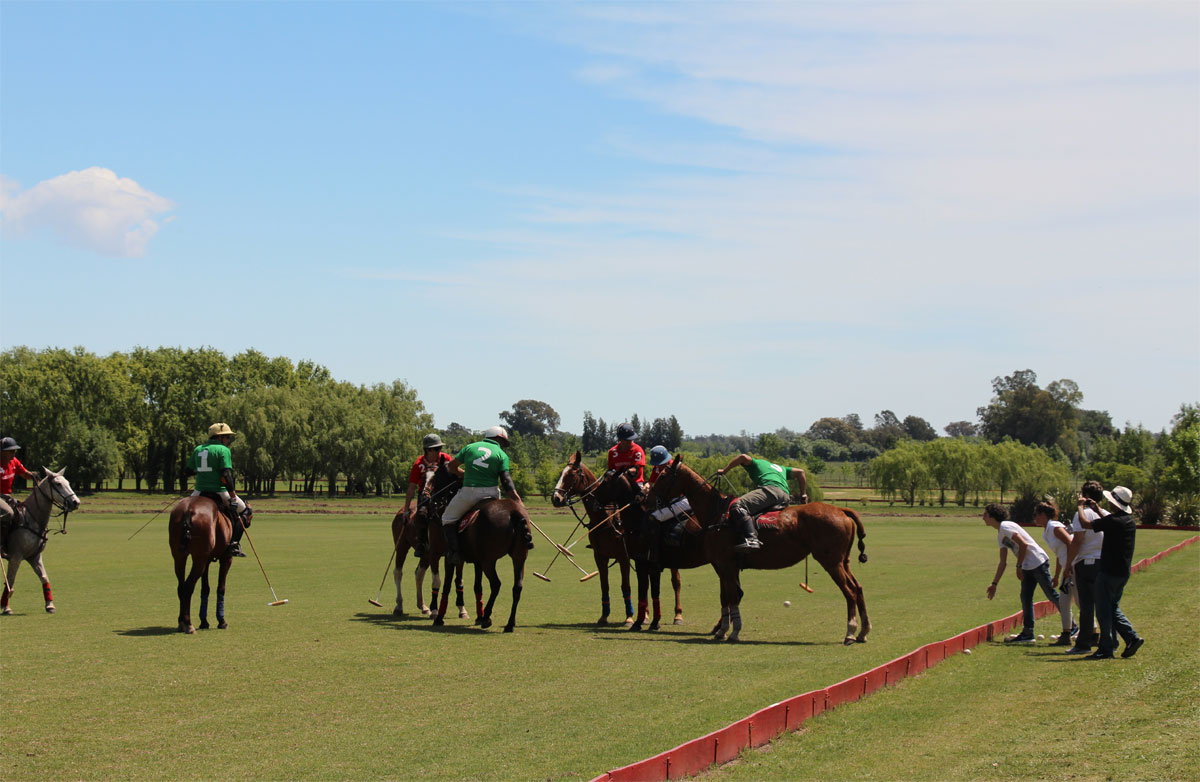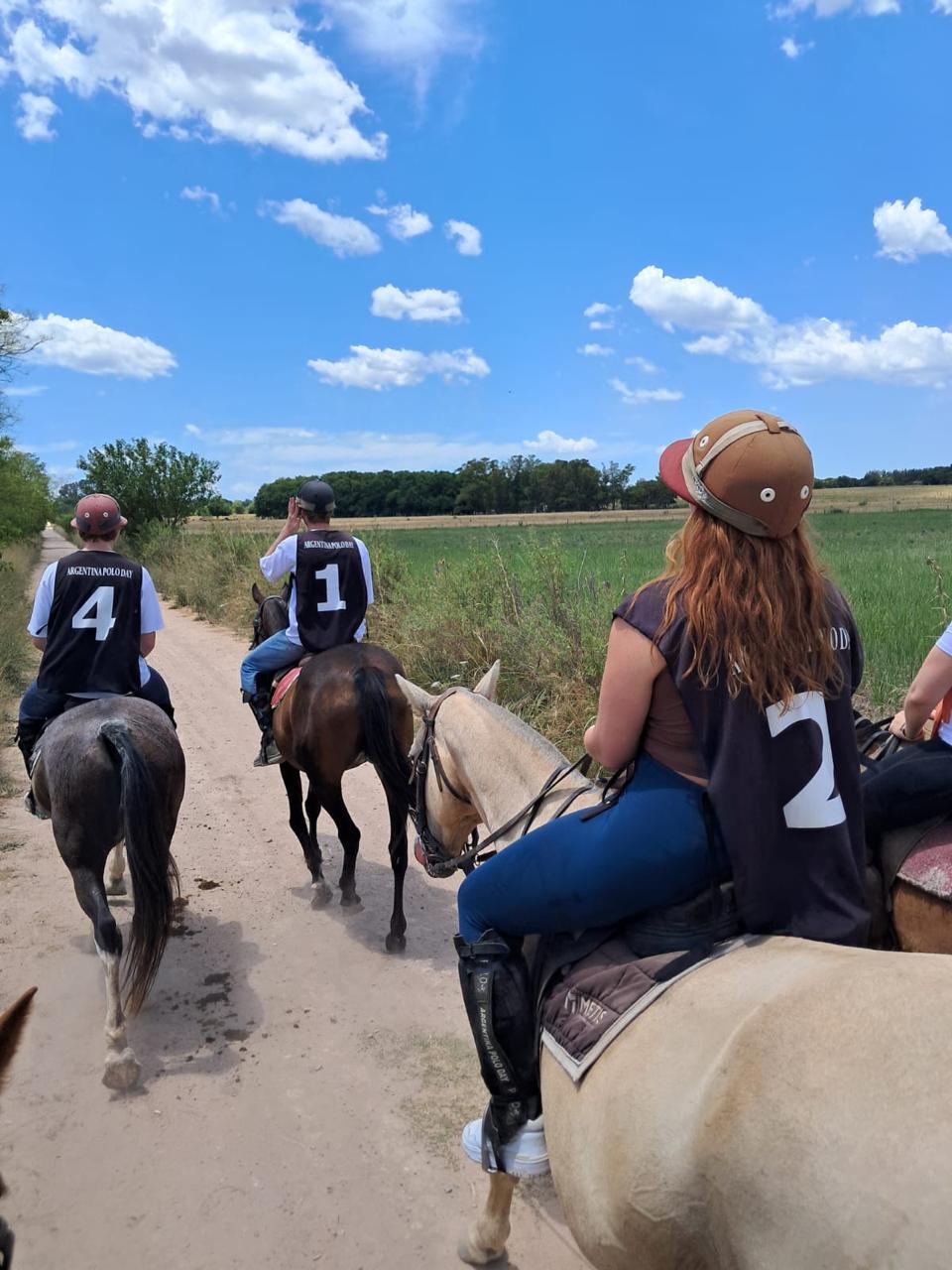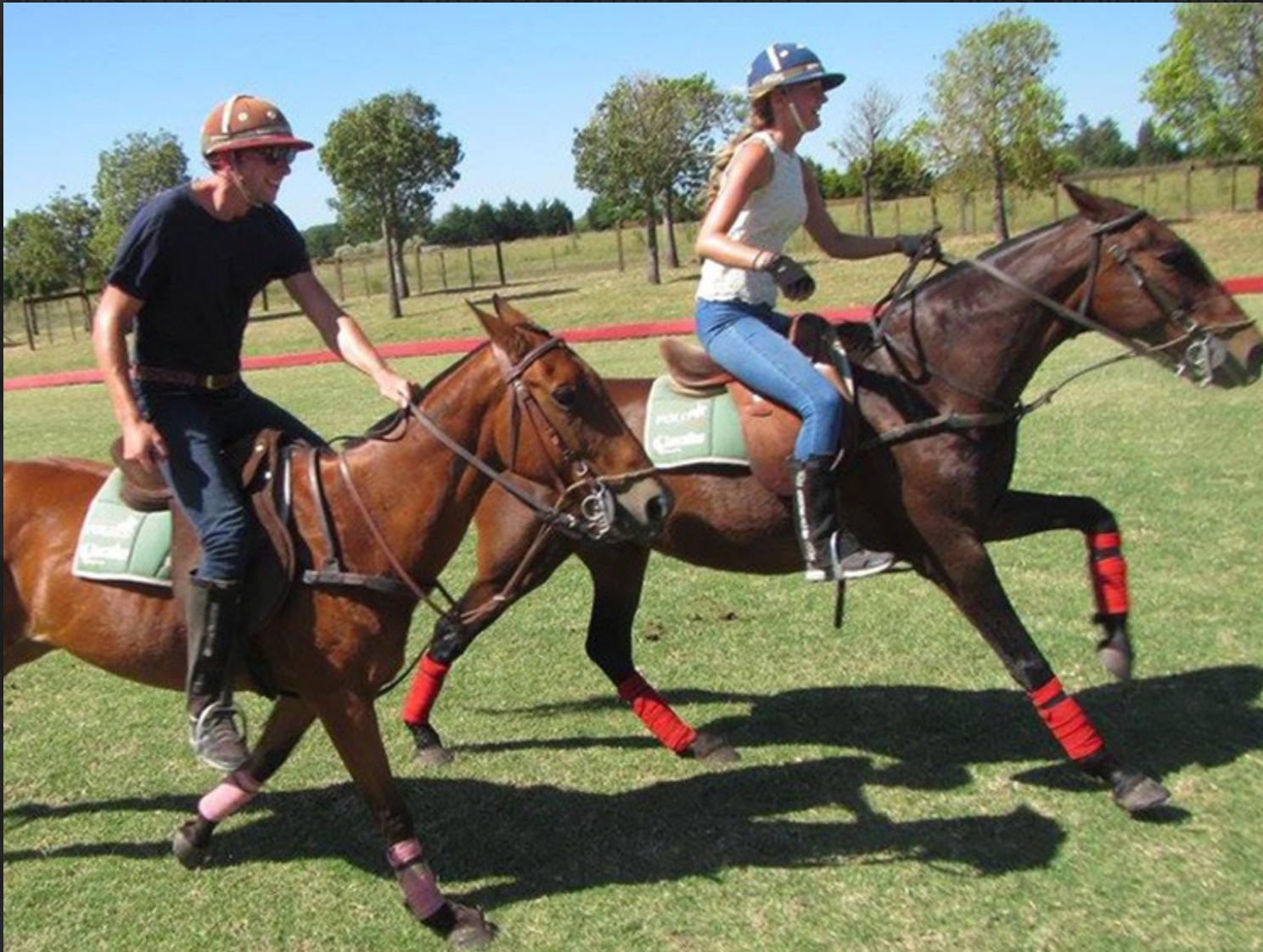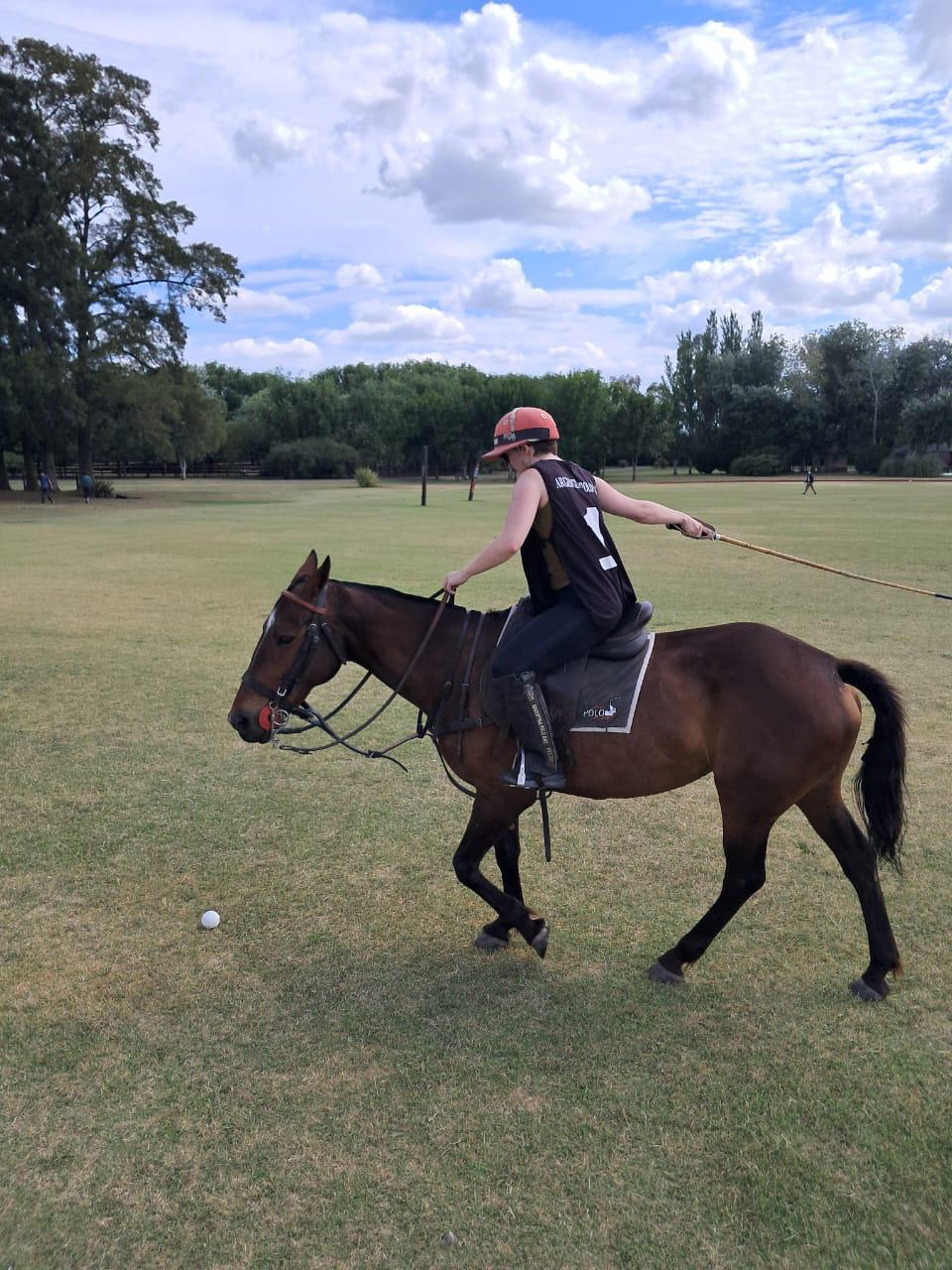-
Después de ser gastronómico se puede manejar un aeropuerto - 14 agosto, 2025
-
DÍA DE ESTANCIA, ASADO Y POLO - 12 agosto, 2025
-
Discover Argentine Polo and Argentina Polo Day: FAQs - 11 agosto, 2025
-
What are Polo Day and Polo Night - 10 julio, 2025
-
What Are the Basic Rules of Polo? - 27 junio, 2025
-
Creando experiencias de alto valor - 6 junio, 2025
-
Encuentro positivo y productivo con Marca País Argentina - 6 mayo, 2025
-
Polo, vino y tradición: una colaboración que destaca lo mejor de Argentina - 8 abril, 2025
-
What Equipment Is Needed to Play Polo? - 25 marzo, 2025
-
Argentina Polo Day Magazine #4 - 14 marzo, 2025
THE SECRET OF ARGENTINA POLO DAY’S EMPANADAS
If you decide to make a survey on the most traditional and popular dishes of Argentina, it wouldn`t be strange to observe that barbecue, from now on asado, occupies the first place. And for sure the empanadas come next. Pay attention because we’ll tell you the secret of Argentina Polo Day’s empanadas
Although they are not so recognized internationally they occupy an important place in Argentina’s gastronomy and in the popular sociology for its tradition and history. In fact, there are as many ways to prepare empanadas as families. Each and everyone has its recipe, its secret ingredient or its special touch. And those prepare at Argentina Polo Day are not the exception. Almost everyone who visited us were surprised by how tasty they are and always left with the uncertainty about how and who prepared them so tasty. If you are one of those, we invite you to read this article where you will discover the origins of this food and what we know as “Ruben´s secret”.
In spite of how rooted this food is in our tradition, it is useful to say that its origin goes back many centuries AC in Persian territory (nowadays Iran). Arabs used to prepare them with lamb meat and wheat and had a similar shape to what we now know as empanadas, only that they were named as “esfiha” and “fatay”. It is believed that were introduced in Spanish culture through the moors, who settled in the south territory in Spain, especially in Granada. It is at this moment where the word empanada acquires significance, since its ethymology derives from the verb empanar which means “put any food in a dough or bread in order to cook it in the oven”. Centuries later, through the Iberian landing in America with Cristobal Colon in 1492, culture, costumes and traditional dishes invade the whole American continent.
It was certainly in Argentina where this food acquires “personality” becoming itself a symbol strictly national. In fact each province, each restaurant, each family and, even, each person, has a special way of preparing them. Varieties of mixing ingredients or means for cooking them are some variables to understand those differences.
In Argentina Polo Day, for example, Ruben –the one responsible for preparing the most delicious empanadas, a frequent comment among visitors-, has an unveil secret, until now. If you left Argentina Polo Day without knowing how is it possible to prepare such tasty empanadas, we tell you step by step the complete recipe of argentina polo day’s empanadas.
Pay attention and take some notes!
1) Fry gently some onions in beef fat until they crystallize (2 min aprox)
2) Salt and pepper.
3) Chopp bell pepper; add it to the preparation and mix.
4) Add mince meat.
5) For each kilogram of mince meat, add 2kg of cooked and chopp onion.
6) Add a leaf of laurel and powdered pepper
7) Wait until the mince meat is cooked. Once this is done, let the whole preparation cool down and then stir.
8) Put all the preparation inside the dough and add: cooked eggs (all chopped), stew potatoes (cut in dices) and scallion (previously fried).
9) Close the dough.
10) Fry it in the frying pan; cook it in the oven or….¡in the grill!
As you see, it is confirmed that there are many ways to prepare this dish which is so traditional in our country. Now that you have the recipe and the secrets of argentina polo day’s empanadas, it´s time for you to try and prepare them in the way you prefer it the most!
To Learn More About Argentine Gastronomy, you can read: The Argentine Asado!




